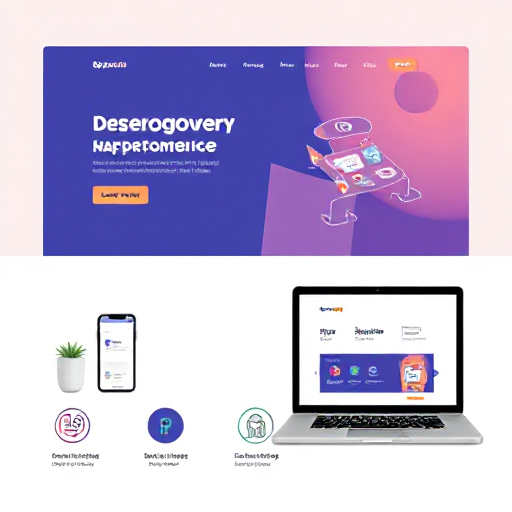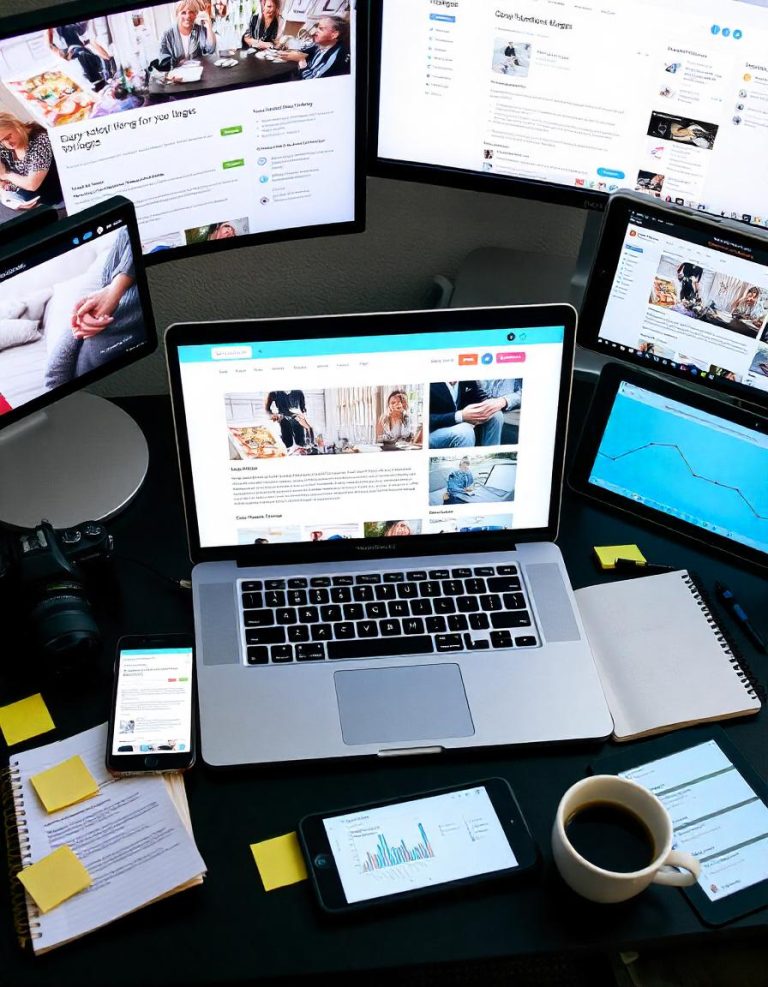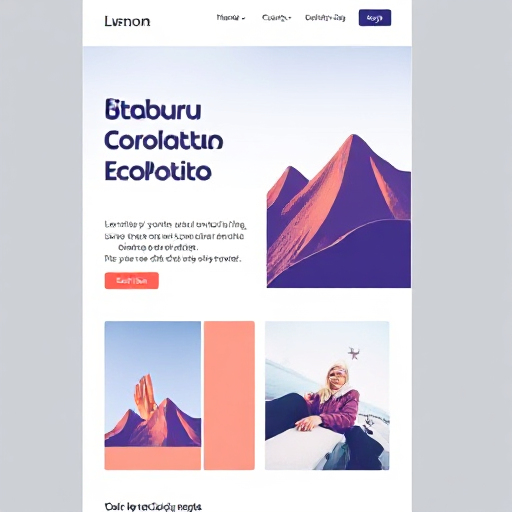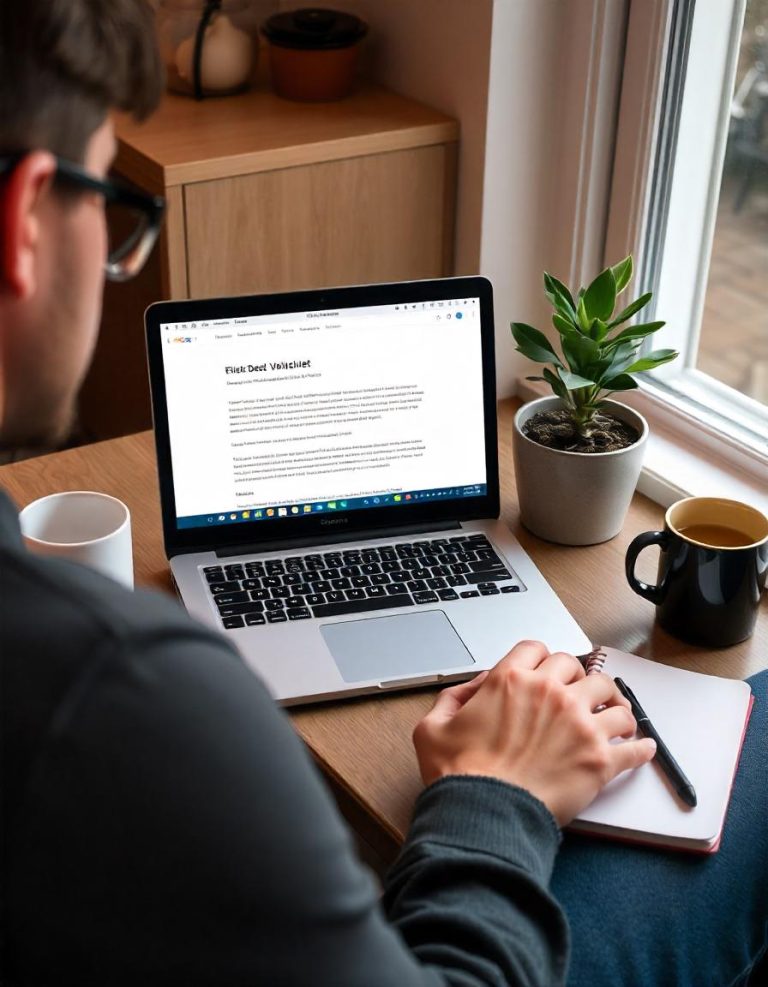Budget-Friendly Website Graphics and Branding: A Guide for Small Businesses

A strong online presence is crucial for any business, regardless of size. A visually appealing website is not just aesthetically pleasing; it’s a powerful tool for attracting customers, building brand credibility, and driving conversions. However, professional graphic design services can often come with a hefty price tag.
This article will guide you through budget-friendly strategies for creating compelling website graphics and building a strong brand identity without breaking the bank.
1. Embrace DIY Tools and Resources:
- Free Stock Photo Websites: Explore websites like Unsplash, Pexels, and Pixabay for high-quality, free-to-use images.
- Free Icon Libraries: Websites like Flaticon and Iconfinder offer a vast collection of icons that can be used to enhance your website and branding materials.
- Free Vector Graphics: Sites like Openclipart and SVG Repo provide free vector graphics that can be easily scaled and customized.
- Online Graphic Design Tools: Canva is a user-friendly platform with a drag-and-drop interface, offering a wide range of templates, fonts, and design elements. Other budget-friendly options include Adobe Spark and PicMonkey.
2. Leverage Free and Affordable Software:
- GIMP: A powerful free image editing software that offers many of the same features as Photoshop.
- Inkscape: A free and open-source vector graphics editor, a viable alternative to Illustrator.
- LibreOffice Draw: A free drawing and diagramming tool included in the LibreOffice suite.
3. Develop Your Own Brand Guidelines:
- Define Your Brand Identity: Clearly articulate your brand’s personality, values, and target audience.
- Create a Mood Board: Collect images, colors, and fonts that reflect your brand’s aesthetic.
- Develop a Logo: Consider using online logo makers or hiring a freelance designer on platforms like Fiverr or Upwork for a more affordable option.
- Choose a Color Palette: Stick to a limited number of colors to maintain consistency across all your marketing materials.
- Select Fonts: Choose two or three fonts that are easy to read and complement your brand’s style.
4. Utilize User-Generated Content (UGC):
- Encourage Customer Reviews and Testimonials: Display authentic customer feedback on your website and social media channels.
- Run Contests and Giveaways: Encourage customers to share photos and videos featuring your products or services.
- Feature User-Submitted Content: Showcase user-generated content on your website and social media pages to build community and social proof.
5. Outsource to Freelancers:
- Fiverr and Upwork: These platforms connect businesses with freelance designers and other professionals at affordable rates.
- Look for Local Talent: Search for local freelance designers in your community who may offer more competitive rates.
- Clearly Define Your Project Scope: Provide detailed instructions and a clear budget to ensure you get the best value for your money.
6. Prioritize Consistency:
- Maintain a Consistent Brand Voice: Use the same tone and language across all your marketing channels.
- Ensure Visual Consistency: Use the same color palette, fonts, and design elements throughout your website and other marketing materials.
- Regularly Review and Update: Regularly review your website and branding materials to ensure they are up-to-date and aligned with your business goals.
7. Build Relationships with Other Small Businesses:
- Collaborate with Complementary Businesses: Partner with other small businesses to offer joint promotions and cross-promote each other’s services.
- Barter Services: Exchange services with other businesses, such as web design for marketing assistance.
By implementing these strategies, you can create a visually appealing and effective website without breaking the bank. Remember that building a strong brand identity takes time and effort, but the rewards in terms of increased customer engagement and brand loyalty are well worth it.






